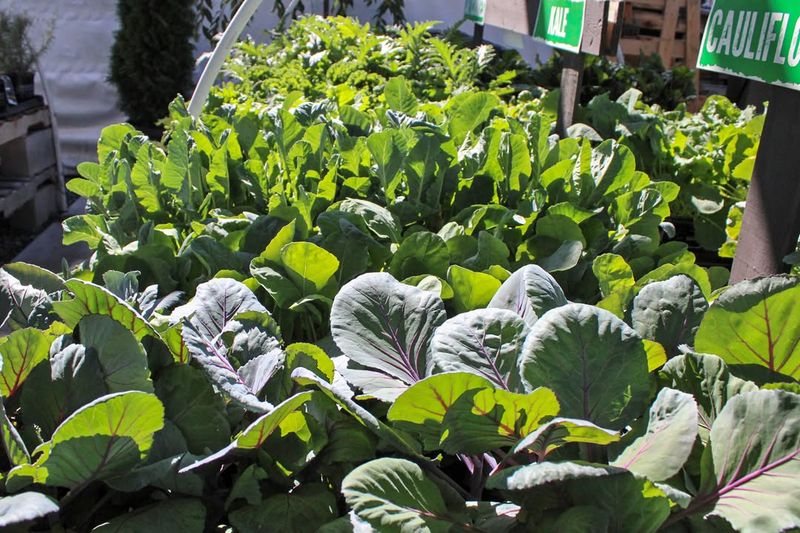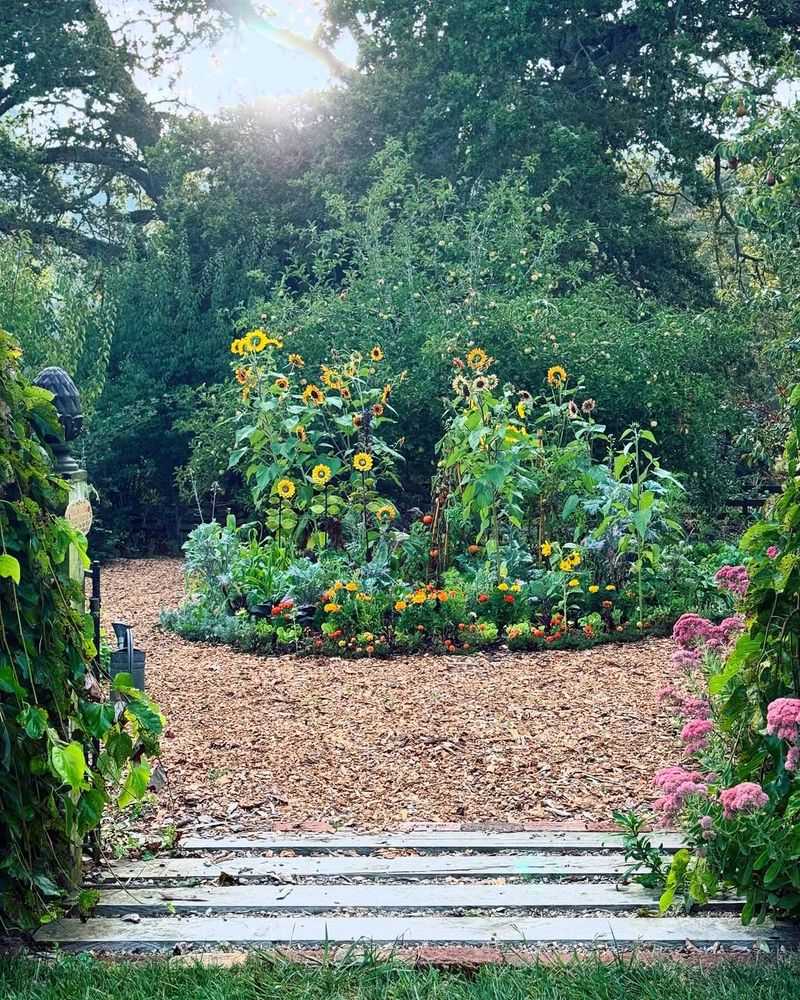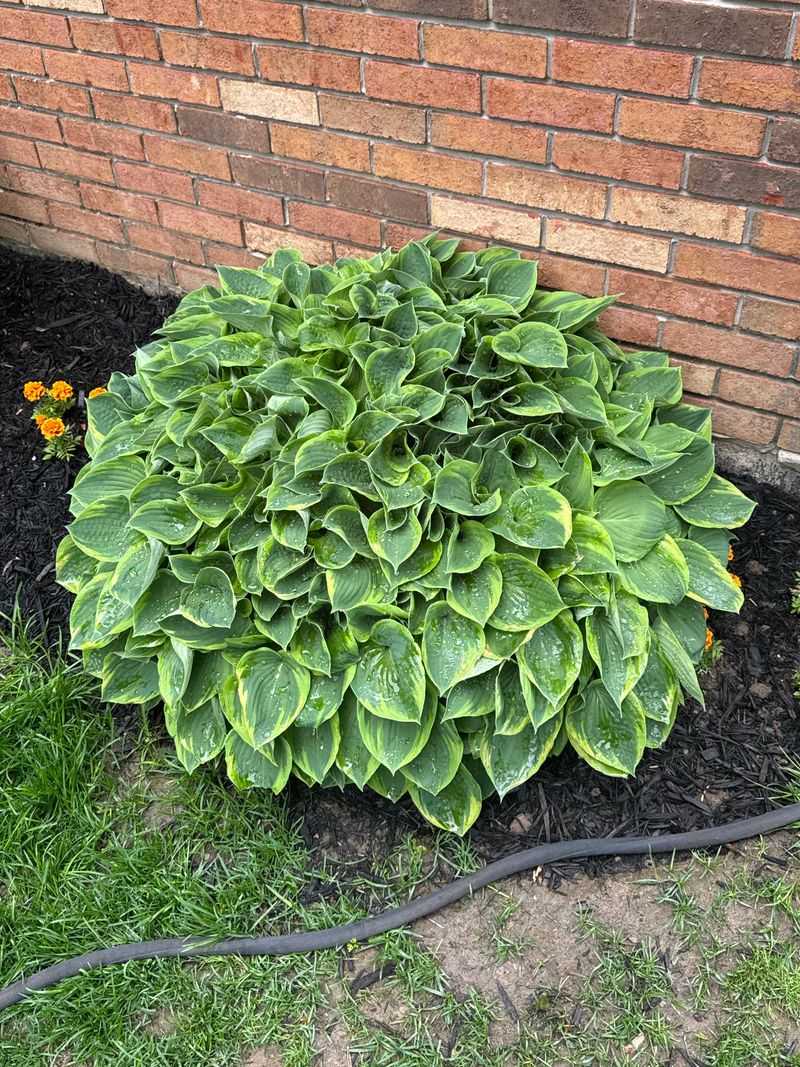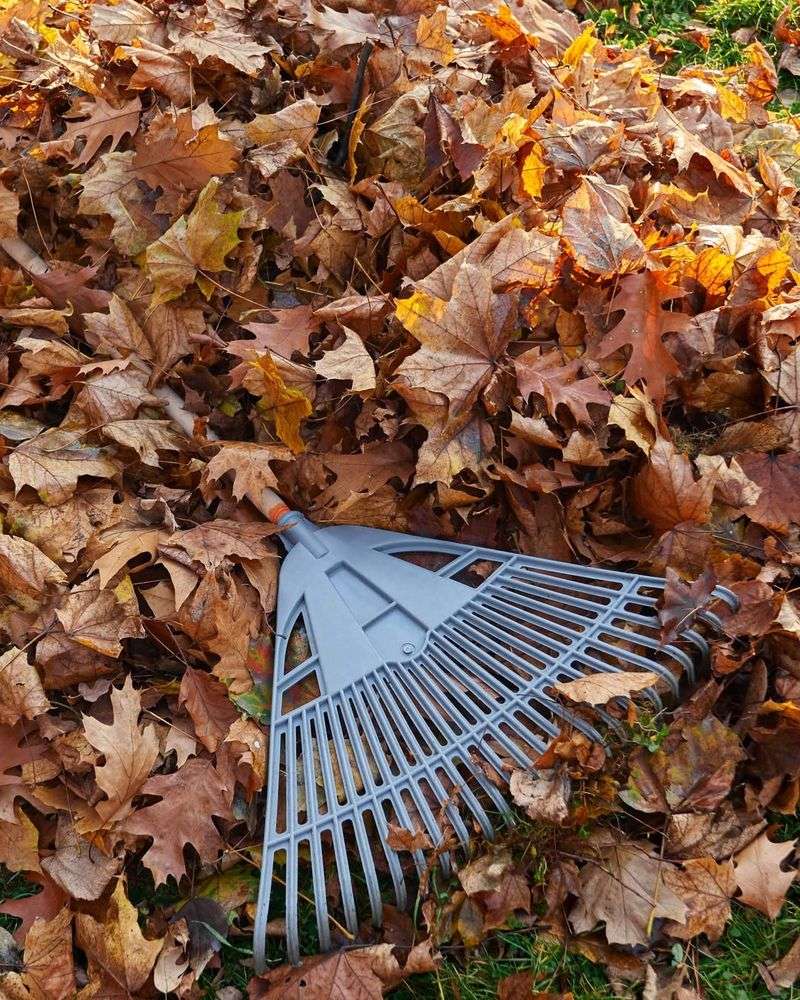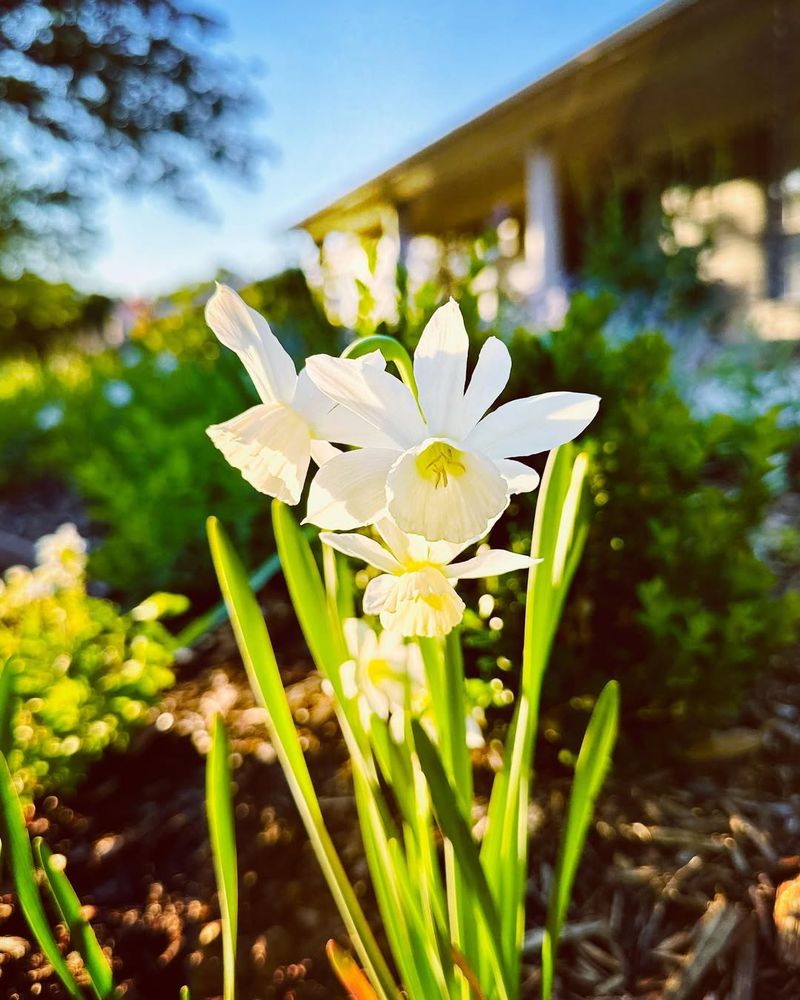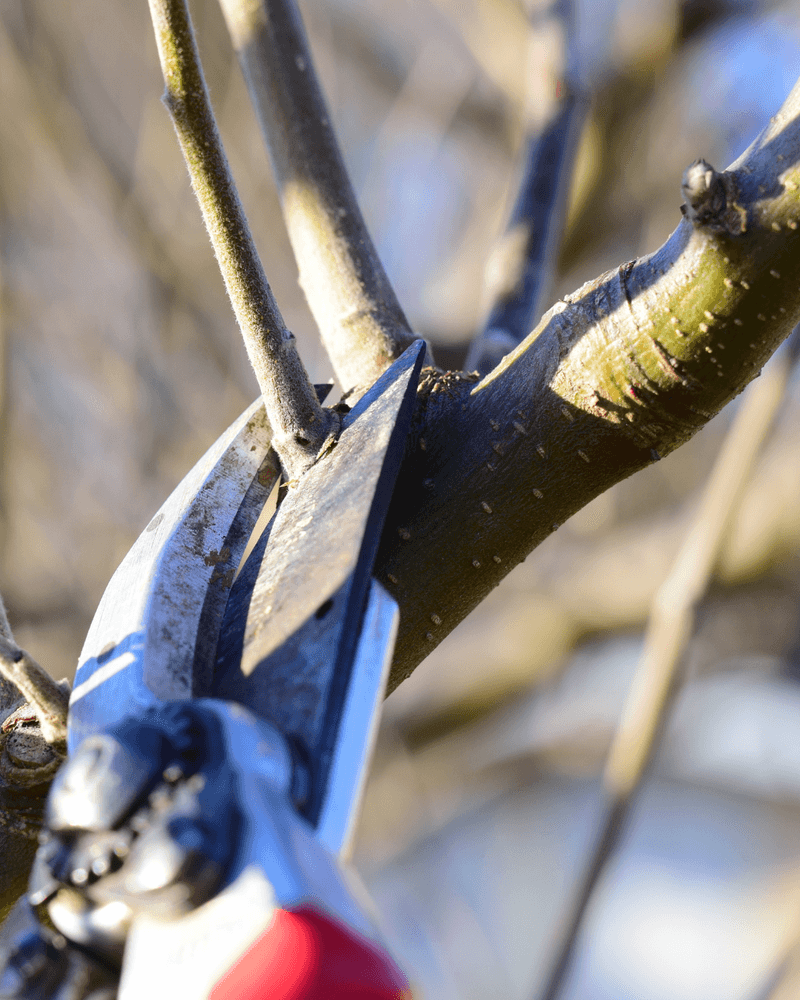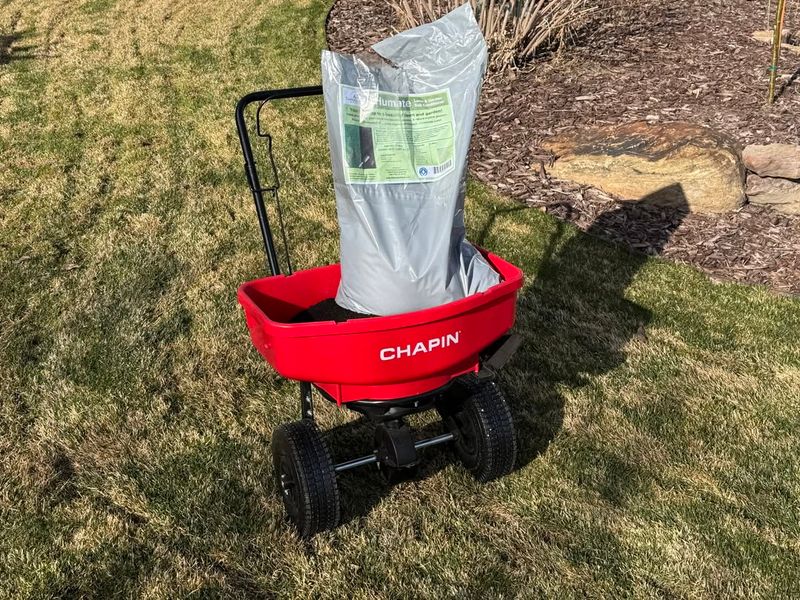November is a busy month for gardeners in Georgia. The cooler weather creates perfect conditions for important yard work that will pay off next spring.
Getting your garden ready now means healthier plants and a more beautiful landscape when warm weather returns.
1. Plant Cool-Season Vegetables
Georgia’s mild autumn climate allows you to grow fresh vegetables well into winter. Leafy greens like kale, lettuce, and spinach thrive when temperatures drop.
Root crops such as carrots, radishes, and turnips also do wonderfully. November planting gives these crops time to establish strong roots before any hard freezes arrive.
You’ll enjoy homegrown salads throughout the colder months while your neighbors wait for spring!
2. Add Mulch Around Trees And Shrubs
A thick layer of mulch acts like a warm blanket for plant roots during winter in Georgia. Spread two to four inches of pine straw, wood chips, or shredded leaves around your trees and shrubs.
Keep mulch a few inches away from trunks to prevent rot. Mulching now helps soil retain moisture and regulates temperature fluctuations.
Your plants will thank you when spring arrives with stronger, healthier growth patterns.
3. Divide And Transplant Perennials
November’s cooler temperatures make it ideal for moving perennials without shocking them. Hostas, daylilies, and ornamental grasses benefit greatly from division every few years.
Dig up overcrowded clumps, separate them into smaller sections, and replant immediately. Water thoroughly after transplanting to help roots settle in.
By spring, you’ll have multiple healthy plants instead of one overgrown specimen taking up valuable Georgia garden space.
4. Clean Up Fallen Leaves
Fallen leaves look pretty but can smother your lawn if left too long. Rake them up regularly or use a mulching mower to chop them into tiny pieces.
Whole leaves block sunlight and trap moisture, creating perfect conditions for fungal diseases. Shredded leaves make excellent compost or mulch for Georgia garden beds.
Don’t waste this free organic material—your garden soil will become richer and more productive over time.
5. Plant Spring-Blooming Bulbs
Want gorgeous flowers next spring? November is your last chance to plant bulbs in Georgia. Tulips, daffodils, and crocuses need cold winter soil to develop properly.
Plant bulbs at a depth three times their height, pointed end up. Choose a sunny location with well-draining soil.
Come March and April, you’ll be rewarded with stunning blooms that brighten your landscape after a long, dreary winter.
6. Prune Dormant Trees And Shrubs
Once trees lose their leaves, you can see their structure clearly and make smart pruning decisions. Remove dead, damaged, or crossing branches that could cause problems.
Avoid pruning spring-flowering shrubs like azaleas now—you’ll cut off next year’s blooms. Focus on summer bloomers and shade trees instead.
Sharp, clean tools make the job easier and prevent disease spread. Your plants will develop better shapes and stronger frameworks.
7. Fertilize Your Lawn One Last Time
A final feeding in November strengthens grass roots for winter and promotes early spring green-up. Use a winterizing fertilizer formula with higher potassium content.
This nutrient helps grass withstand cold stress and disease pressure. Apply fertilizer when grass is still growing but temperatures are cooling down.
Your Georgia lawn will emerge from winter dormancy faster and thicker than unfertilized neighbors’ yards, giving you a head start on the season.
8. Protect Tender Plants From Frost
Georgia occasionally experiences surprise freezes in late November that can damage sensitive plants. Bring potted tropicals indoors or into a garage before temperatures drop.
Cover delicate garden plants with frost cloth or old bedsheets on cold nights. Remove coverings during the day to allow sunlight and air circulation.
A little preparation saves you from losing expensive plants to unexpected cold snaps that catch unprepared gardeners off guard.


